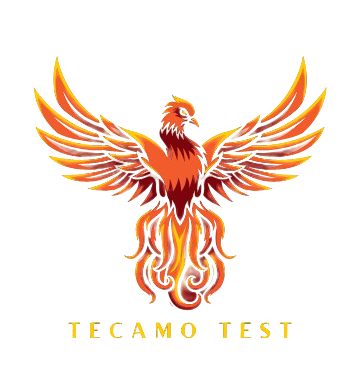Advancing Industry Standards: Non-Destructive Testing (NDT) Solutions
Non-Destructive Testing (NDT) solutions are indispensable in today’s industrial landscape, ensuring the safety, reliability, and longevity of critical infrastructure components without causing damage. These techniques utilize advanced technologies to inspect materials and components Non-destructive testing solutions for defects, discontinuities, and structural integrity issues. Let’s explore further how NDT solutions contribute to enhancing operational efficiency, safety, and compliance across various industries:
1. Ultrasonic Testing (UT)
Ultrasonic Testing utilizes high-frequency sound waves to penetrate materials and detect internal flaws or defects. UT is particularly effective for identifying cracks, voids, and thickness variations in metals, composites, and other materials. It is widely used in industries such as aerospace, automotive, manufacturing, and oil and gas for inspecting welds, castings, forgings, and structural components.
2. Radiographic Testing (RT)
Radiographic Testing involves using X-rays or gamma rays to capture images of the internal structure of components. RT is invaluable for detecting defects such as cracks, porosity, and inclusions within welds, castings, and pipelines. It provides detailed, high-resolution images that enable inspectors to assess the integrity of materials without the need for disassembly, making it essential in industries requiring stringent quality control and safety standards.
3. Magnetic Particle Testing (MT)
Magnetic Particle Testing is used to identify surface and near-surface defects in ferromagnetic materials. The method involves magnetizing the component and applying magnetic particles that accumulate at defect sites, making them visible under UV light or white light inspection. MT is widely applied in industries such as aerospace, automotive, construction, and power generation for inspecting welds, forgings, and structural components where surface defects can compromise performance and safety.
4. Liquid Penetrant Testing (PT)
Liquid Penetrant Testing detects surface-breaking defects in non-porous materials such as metals, plastics, and ceramics. This method involves applying a liquid dye penetrant to the surface, allowing it to seep into surface openings or defects through capillary action. After a developer is applied, excess penetrant is removed, and the remaining penetrant indicates the presence of defects such as cracks, laps, or porosity. PT is versatile and widely used in industries where surface integrity and aesthetic appearance are critical, including aerospace, automotive, and general manufacturing.
5. Eddy Current Testing (ET)
Eddy Current Testing uses electromagnetic induction to detect flaws and conductive material properties. ET is highly sensitive to variations in conductivity, allowing it to identify defects such as cracks, corrosion, and material thickness variations in aerospace components, tubing, and heat exchangers. ET is known for its rapid inspection capabilities and suitability for detecting surface and near-surface defects in a wide range of materials and applications.
6. Visual Testing (VT)
Visual Testing remains one of the simplest yet most effective NDT methods, involving direct visual inspection of components using various tools such as borescopes, endoscopes, and digital cameras. VT is used to identify surface defects, dimensional discrepancies, and anomalies that may indicate potential issues requiring further inspection. It serves as an initial screening method or as a complementary technique to other NDT methods in all industries where visual inspection is critical for maintaining operational safety and reliability.
Integration and Advancement in NDT
Advancements in technology continue to drive innovation in NDT solutions, enhancing their capabilities, accuracy, and efficiency. Digital radiography (DR), phased array ultrasonics (PAUT), and computed tomography (CT) are examples of technologies that have revolutionized NDT by providing faster inspection times, enhanced imaging resolution, and advanced data analysis capabilities. Integrated NDT systems also support remote monitoring, data sharing, and predictive maintenance strategies that optimize asset management and reliability.
Ensuring Compliance and Quality Assurance
NDT solutions play a pivotal role in ensuring regulatory compliance, quality assurance, and adherence to industry standards across various sectors. They enable companies to meet stringent safety requirements, regulatory mandates, and industry-specific certifications by identifying defects early in the manufacturing, construction, or operational phases. This proactive approach minimizes risks, reduces downtime, and enhances overall operational efficiency and safety.
Conclusion: Enhancing Safety, Reliability, and Efficiency
In conclusion, Non-Destructive Testing solutions are essential tools for maintaining the safety, reliability, and efficiency of industrial assets worldwide. From aerospace and automotive manufacturing to oil and gas exploration and infrastructure development, NDT techniques provide critical insights into material integrity and structural performance without compromising the integrity of the tested components. As industries continue to evolve and demand for rigorous quality control grows, NDT solutions will remain indispensable in safeguarding infrastructure, optimizing operational efficiency, and supporting sustainable development practices globally.
